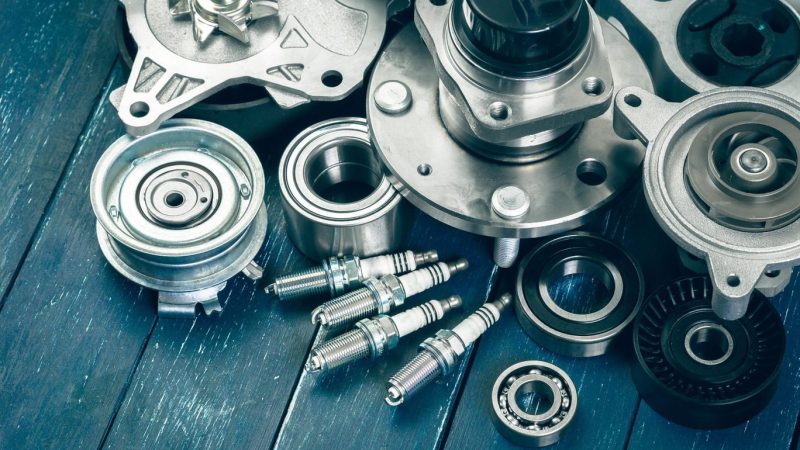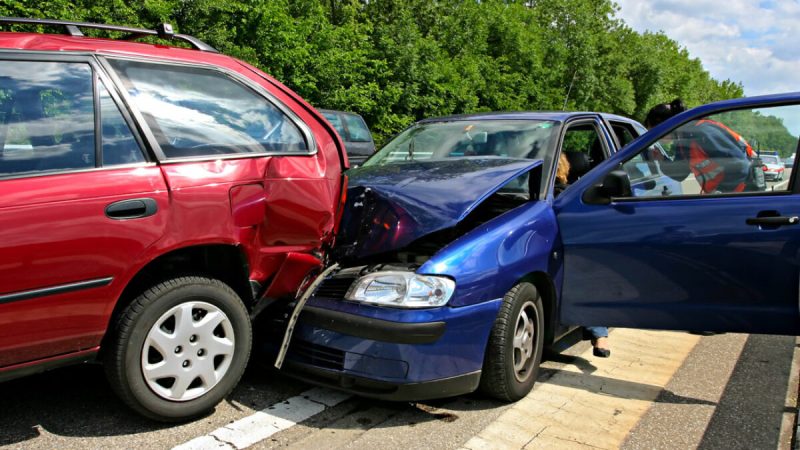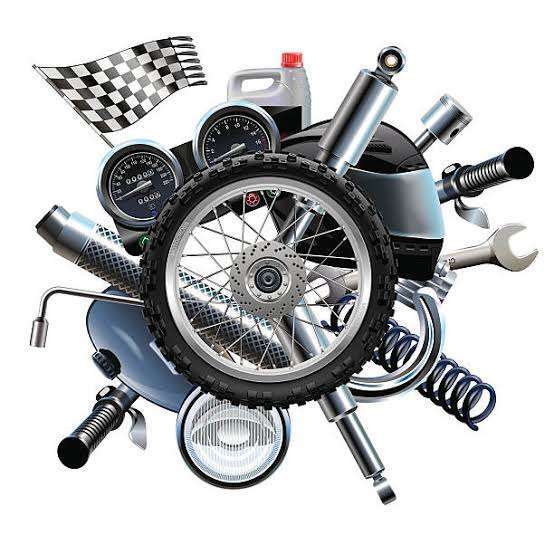If you want your bike spare parts business to flourish, delivering outstanding customer service should be top of mind. Doing this will allow you to set yourself apart from competitors and attract more customers.
Spare parts for any bike are an integral component, and genuine parts that have been rigorously tested to ensure compatibility are essential components.
Tires
Tires are circular rubber components designed to grip the ground when riding your bicycle and offer traction when necessary. Tires are an integral component of every bike but their technology can be complex. Gaining knowledge of key features like puncture resistance, casing thickness, bead count and TPI (threads per inch) will enable you to select an appropriate set for yourself and your cycling needs.
At regular intervals, it’s a good idea to inspect your tires for signs of wear and tear, including bald patches where the tread meets the road, small cuts or cracks in their sidewalls and any signs of cracks forming around their perimeters. If any such indicators arise, replacement could be in order; in such instances take along spare tube(s), hand pump and CO2 cartridge for emergency inflation if you’re uncertain how best to repair them; additionally you could bring along cash notes as these could cover any holes inside.
Frame
Bicycle frames are the primary structural component of any bike, typically constructed out of steel, aluminium, titanium or carbon fiber. A frame consists of five main sections: top tube, head tube, down tube, bottom bracket shell and seat tube (see image).
The front wheel is connected to the fork, which in turn connects to a fork steerer tube running inside of the head tube with a rotating headset that rotates when turning your handlebars to turn the front wheel.
Front derailers attach to the head tube, used to shift gears on front chain rings; rear derailleurs mount directly to frames and are used for shifting cassette or freewheel gears.
Bicycles contain many different spare parts, from bottom brackets to cable guides. When commuting by bike, it’s crucial that all these spares be carried along in case of flat tires or unexpected mechanical issues with your ride.
Pedals
Pedals are the part of a bicycle which connects your foot to its crank arm, enabling it to propel the bike along its journey. There are various shapes and sizes of pedals available.
Steel pedals are by far the most widely-used pedal option, while others may feature alloy materials like aluminium or titanium alloy. Both options offer lightweight yet strong pedaling solutions designed to withstand long days on your bike.
The most impressive and expensive pedals are those with rim sizes of 100mm or greater, often designed for road cycling. Their two basic forms are narrow diameter and wide profile rims; other variations such as platform, clip-in or folding pedals offer further versatility for mobility.






